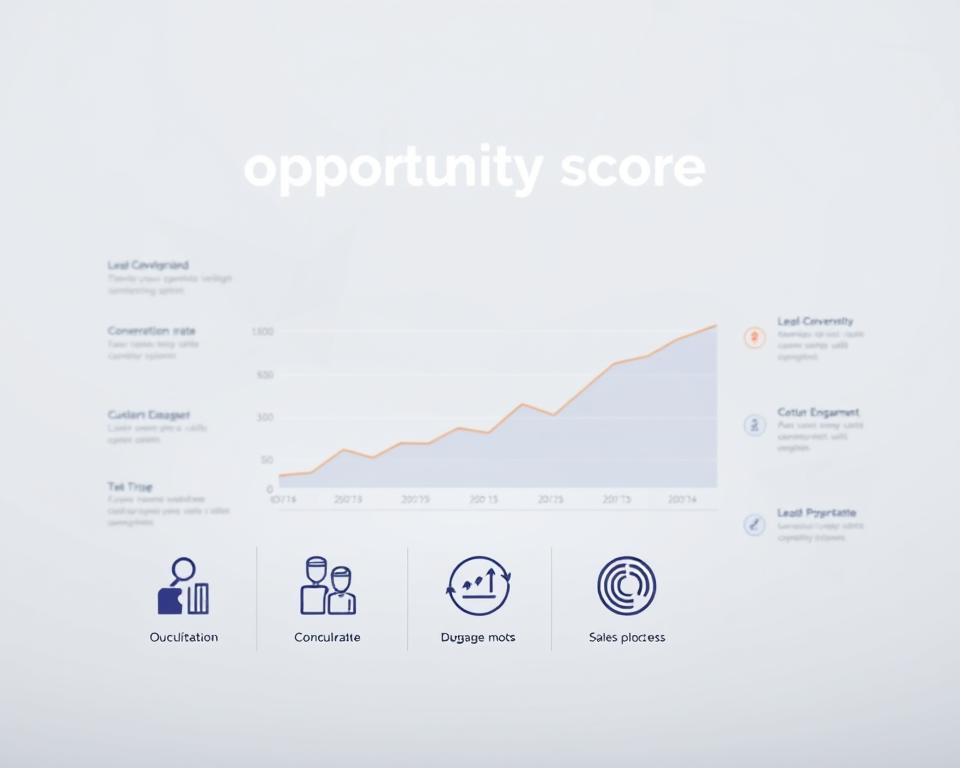Anúncios
Want to know the real way most people land a great job in 2025? You might assume online listings are enough, but the truth is more practical and people-driven.
You will follow a clear, step-by-step process that mixes channels and relationships. That saves you time and reduces wasted effort chasing every shiny listing.
Federal roles often live on USAJOBS. Private posts show up on Monster, CareerBuilder, HotJobs, and company pages. Many openings never post and are filled through networks and associations.
This guide helps you target decision makers with respectful outreach, build momentum via mentors and listservs, and protect your privacy when you publish a resume. Remove home contact details on public sites and read privacy settings first.
You will aim for steady progress and better fit, not instant wins. Read on to learn repeatable steps that boost your career and increase your chance of success—while you verify sources and policies before you act.
Introduction: Opportunities tips to navigate 2025 with intention
Opportunities tips for 2025 start with a plan, not a spray-and-pray approach.
Hiring now favors intentional search habits, strategic outreach, and respectful follow-up. You will combine company sites, USAJOBS, LinkedIn, and association listservs. This mix uncovers roles that never hit public boards.
You’ll learn clear, step-by-step ways to define the problem, make channels work together, and update your resume and cover letters for each job. Use short, polite emails for outreach and follow-ups. Send brief thank-you notes within 24 hours after interviews to stay top of mind.
Protect your time and data. Verify privacy settings before posting a resume. Don’t spam contacts or take risky shortcuts. Lean on mentors, colleagues, and associations so you hear about leads early and build better professional experiences.
Why 2025 demands a smarter approach to finding and creating opportunity
Markets change fast. Mixing channels and real conversations helps you move ahead of public listings.
What you’ll learn in this step-by-step list and how to use it responsibly
- Define your goal and friction points.
- Make job channels work together.
- Tailor assets and use polite outreach.
Start with clarity: Define the problem before you chase the right opportunity
Pinpointing the real gap—skills, team, or schedule—makes your search far more efficient. Begin by naming the core problem you want a new position to solve.
Map needs, friction, and goals so your “opportunity radar” is calibrated
Do a quick mini-audit. Write your work model, pay range, learning goals, and tasks you want to avoid.
- Turn those needs into filters you can apply when reading a job posting or talking to a manager.
- List three team traits you thrive with (for example, clear sprint planning or autonomy in roadmapping).
- Create a must-have vs nice-to-have list for role scope and growth paths.
Real example: Turning a vague job hunt into a targeted role search
Instead of “marketing job anywhere,” define a product marketing role at a B2B SaaS company with 0–1 launch experience and a 5–8 person cross-functional team.
Identify 15–25 target organizations, find the hiring manager or lead person, and send a concise note tying your skills to the team’s problem.
“I’ve shipped three launches with measurable adoption gains; here’s why that helps your roadmap.”
Use a simple scoring sheet to compare positions. A clear problem reveals multiple paths, so your process keeps you moving when one lead stalls.
Opportunities tips: Use networks and professional associations the right way
Use professional groups to reach roles that never appear on boards. Join at least one national and one local association and subscribe to member listservs (for example, APA’s NewPsychList or Practice lists). These lists often post hidden job leads first.
Leverage memberships, listservs, and email groups for hidden leads
Draft a two-sentence status you can paste into an email or DM: job type, location, and the impact you deliver. Keep it under 100 words so people can forward it easily.
Build mutually beneficial relationships with colleagues and former teammates
Offer value first: share a vetted candidate, pass along useful articles, or invite a peer to a webinar. Reciprocity keeps conversations alive and helps you form strong relationships with people who hire or refer.
Practical outreach: Short messages that get responses without spamming
- Use a four-line intro: greeting + one-line context + one-line fit + soft ask (e.g., “If relevant, happy to send a focused resume; no pressure.”)
- Track warm leads in a simple sheet: contact, organization, last touch, next step.
- Follow up in 7–14 days and never flood inboxes.
“If a product analyst position opens in Q4, could you flag it for me?”
Make job search channels work together, not alone
Combine listings, company pages, and direct outreach to turn discovery into action. This process stops you from treating each source as a separate hunt. Instead, you move from find to verify to follow-up.

Balance online listings with direct company sites and USAJOBS
Scan aggregators like Monster, CareerBuilder, and HotJobs for discovery. Then visit the company site to confirm the position and application steps.
- Build a weekly cadence: check Indeed/LinkedIn, review target company career pages, and scan USAJOBS for federal roles.
- Log source and deadline for each job so you avoid duplicate work.
- Use USAJOBS filters for series, grade, and location; save searches and set alerts.
Post your resume safely: Privacy settings and what to exclude
Read a platform’s privacy policy before you post. If a resume is publicly viewable, remove your home address and your personal phone.
Create role-specific resume versions that match keywords from the job description. Don’t stuff keywords; keep language natural and focused on your skills.
Why relying solely on job boards rarely works in practice
Boards are discovery resources, not end points. Pair applications with targeted outreach.
“Discovery, verification, tailored application, and human follow-up are a single, disciplined process.”
Allocate your time: about 40% discovery on aggregators, 40% direct company applications, and 20% networking touches. Keep a simple channel map for each opportunity to track where you found it, who you know there, and the next step.
Upgrade your application assets for 2025
Small edits to your resume and portfolio can make the right hiring manager see you first.
Tailor your resume and portfolio to the role, team, and manager
Build a master resume that lists every relevant skill and project. Then create focused versions for each job so your best experiences appear in the top third.
Use a clean skills section that mirrors the team’s stack or methods. Show two to three quantified outcomes that matter to a manager.
Keep a living portfolio. Swap in projects that match the position. For each project add one paragraph: context, your role, and a crisp result.
Craft cover letters that connect your skills to company needs
Lead with one strong, relevant win instead of a generic summary. Connect that win directly to the company’s stated needs.
Add a short line on why this team’s mandate matters to you. Show you understand their roadmap without flattery or boilerplate.
Follow up professionally via email without overdoing it
After interviews, send a thank-you email within 24 hours. Mention one topic you discussed and restate a concise fit point.
- Align key terms naturally for screening systems, but keep readability first.
- Mention how you collaborate with cross-functional team members to reduce delays.
- If you need to clarify something, send one short update; otherwise wait for the next step.
“Make each submission an answer to a clear problem the team is solving.”
Create opportunities, don’t just find them
Treat your search like a micro business development project. Pick targets, map value, and take small, intentional steps that turn cold leads into real conversations.
From “cold leads” to intentional business development
First, name a visible pain the team has—missed deadlines, low adoption, or unclear metrics.
Build a short plan: list 10 organizations, the leader you’d support, and the first small win you can deliver.
Offer a low-cost pilot that shows results fast. Track outreach like a simple pipeline: target, contact, date, status, next step.
Example script: Reaching out to a hiring manager or leader
Hi [Name], I admire how [Company] is [specific initiative]. I led [brief result] and noticed [relevant challenge] in your recent post. If helpful, I can share a one‑pager on how I’d tackle that challenge in the first 60 days. If not a fit, no worries—appreciate your time.
Pair the note with a one-pager that states the problem, a simple process, and a 30–60 day pilot. Reference an event or mutual group to warm the approach.
Position yourself as a partner who reduces risk. Small pilots build relationships and often create a job or longer engagement over time.
Protect your time and resources while you work the process
Set up a simple operating system so the search serves you. Block focused periods for research, applications, and outreach. Keep those blocks short—45–90 minutes—and treat them like meetings you can’t skip.
Batch similar tasks. Do research in one block, tailor resumes in another, and draft emails in a third. Batching speeds the job of searching and protects your attention for higher-value work.
- Track every role: job, company, contact, date applied, and next step. Review the list twice a week.
- Limit platforms: pick a few reliable sites and stop creating accounts that add clutter.
- Respect privacy: remove your home address and personal phone from public resumes; use a dedicated search email.
Set a gentle follow-up rhythm: one note at 7–10 days, a second after two weeks, then pause unless you have new info or a referral.
“Small daily retrospectives and a weekly check-in with a peer keep momentum and protect your energy.”
Protect your energy by resting. Short adjustments compound: a calm search keeps your resources ready for the right team and the right role.
Conclusion
End your hunt by focusing on small, deliberate moves that build momentum.
Define the real problem first, then run a steady process that blends channels, outreach, and clear fit stories to surface the right opportunities.
Keep ethical habits: tailor resumes, write thoughtful cover letters, and send thank-you emails within 24 hours after interviews. Those actions build trust across your career and support long-term success.
Many wins arrive before a position posts. Invest in relationships and light business development so your name comes up when a company plans a hire or a new job opens.
Be cautious with new tools and sites: verify sources, read privacy policies, and cross-check claims before you share information or apply.
Practical nudge: review your tracker weekly, refresh two key assets, and send one helpful note to someone in your network. Small steps sustain progress.



